Comparing Skin Rashes: Causes & Symptoms
By Clara Vandermeer / Oct 27
Did you know that recognizing the right symptoms can significantly impact your health decisions? Understanding when a rash requires medical attention is crucial for your well-being. Let’s explore the important insights that can help you navigate skin health with confidence.
This visual outlines critical rash symptoms requiring professional medical attention and the typical diagnostic steps healthcare providers follow.
When you encounter a persistent rash, it can be puzzling and concerning. Many rashes come and go, but some require more attention. Knowing when to seek medical help is crucial for your skin's health. If you’ve been struggling with a rash that just won’t go away, let’s dive into the symptoms that might indicate it's time to consult a healthcare professional.
Identifying the right symptoms is key to determining whether a rash needs medical evaluation. Below are some signs that should prompt you to seek help:
Paying attention to these symptoms can help you make informed decisions about your health. If you’re experiencing any of these signs, don’t hesitate to reach out to a healthcare provider!
Some rash-related symptoms may signal a medical emergency. For example, if you experience difficulty breathing or swelling of the face, lips, or tongue, this could indicate a life-threatening allergic reaction. It's crucial to seek immediate medical attention in such cases. Remember, it’s always better to be safe than sorry!
Other common symptoms that warrant a doctor's visit include:
Staying alert to these signs can significantly impact your skin health and overall well-being. For more detailed guidance on deciding when to see a doctor for various symptoms, you can refer to resources like FamilyDoctor.org's guide on deciding when to see a doctor. If you find yourself uncertain, it never hurts to get a professional opinion!
Getting to the bottom of your rash is essential for effective treatment. Accurate diagnosis can prevent unnecessary complications and ensure that you receive the best care possible. Healthcare providers use various methods to evaluate your symptoms and determine the underlying cause of the rash.
Diagnosis typically begins with a thorough medical history and physical examination. Your doctor may ask questions about the rash’s onset, duration, and any accompanying symptoms. They might also inquire about your lifestyle, including any new products you’ve used or foods you’ve eaten recently. This information helps create a clearer picture of what might be causing your rash.
In some cases, additional tests may be necessary to pinpoint the cause of your rash. Common procedures include:
Understanding these methods helps demystify the diagnostic process, making it less intimidating for you. Your healthcare team is there to support you every step of the way!
For chronic or unclear cases, a skin biopsy may be conducted. This involves removing a small sample of skin for laboratory analysis. While the idea of a biopsy can be unsettling, it often provides valuable insights into your condition. To learn more about various skin conditions and their management, MedlinePlus offers comprehensive patient instructions. Knowing what to expect can ease some of your worries!
Have you ever dealt with a persistent rash? What steps did you take to manage it before seeking medical advice? Share your thoughts below:
You should seek medical attention for a rash if it is accompanied by severe itching or pain, blistering or oozing, fever or chills, spreads rapidly, covers large areas, or persists for more than two weeks without improvement. Also, if a new rash appears after starting medication, it warrants a doctor's visit.
Emergency symptoms include difficulty breathing, or swelling of the face, lips, or tongue. These can indicate a severe allergic reaction and require immediate medical attention.
Diagnosis typically begins with a thorough medical history and physical examination. This may be followed by tests such as skin scrapings, patch tests, blood tests, or in chronic/unclear cases, a skin biopsy.
Document the date the rash first appeared, any changes in its appearance or sensation over time, what treatments you've tried and their effectiveness, and any related symptoms like fever or joint pain. Photos can also be very helpful.
Yes, telemedicine is appropriate for stable rashes where you need advice on treatment options or follow-up care, especially if you have a busy schedule or are traveling. However, severe symptoms or complications require an in-person visit.
When dealing with skin rashes, knowing when to seek help is crucial for effective management. I often emphasize the importance of being proactive about your skin health. Recognizing the symptoms that warrant medical attention can save you from unnecessary discomfort and potential complications. Let’s break down how you can evaluate your symptoms and understand the best steps to take!
Start by assessing your rash using a symptom decision tree. This can help you determine if it’s mild or something that needs immediate attention. Here’s a quick reference guide:
Documenting your rash is another important step. By keeping a log of your symptoms, including when they occur and what you’ve done to treat them, you can provide your healthcare provider with valuable insight. This information can make all the difference in identifying the underlying cause of your rash and determining the best course of action. For general advice on when it's appropriate to seek medical care, Merck Manuals offers guidance on making the most of healthcare decisions.
A symptom decision tree is a visual tool that guides you through the evaluation process. You can start by asking yourself basic questions like:
This simple assessment can help you decide whether to treat the rash at home or seek further medical evaluation. Remember, if you’re ever in doubt, it’s better to err on the side of caution!
When preparing for a doctor’s appointment, consider bringing a record of your rash symptoms. This should include:
Having this information on hand can help your healthcare provider make a more accurate diagnosis. At What Are Rashes, we encourage you to take control of your skin health by being prepared!
In today's digital age, accessing resources and support for managing skin rashes has never been easier. I believe that empowering yourself with knowledge is key to effective skin health management, and there are many ways to do this. Let’s dive into how you can learn from others and benefit from online medical support.
Learning from the experiences of others can be incredibly beneficial when it comes to managing rashes. Patient-centered stories and case studies provide real-life examples of how individuals have dealt with similar issues. Here’s how you can make the most of these stories:
By connecting with others, you can gain insights into various treatment options and coping strategies, which can ultimately lead to better management of your skin health!
Telemedicine is a valuable resource for those seeking medical advice for their rash concerns. It offers a convenient way to consult with healthcare professionals without the need to visit a clinic. Here are a few scenarios where virtual consultations shine:
Utilizing telemedicine can enhance your experience in managing rashes effectively. It can save time, and many providers offer flexible hours to accommodate your needs.
Before opting for a virtual consultation, consider whether your symptoms warrant an in-person visit. If your rash is stable and you just need advice on treatment options, then telemedicine is an excellent choice. However, if you’re experiencing severe symptoms or complications, an in-person visit is essential.
Online consultations provide various benefits, including:
Don’t hesitate to leverage these resources for your skin health!
Finally, continuous education is vital for managing your skin health. At What Are Rashes, we provide articles, guides, and the latest research to help you stay informed. Whether you're looking to understand a new treatment or learn about a specific rash, having reliable resources at your fingertips can empower you to make informed decisions.
Always remember, your skin is unique, and understanding it is the first step toward achieving healthy, comfortable skin!
Here is a quick recap of the important points discussed in the article:
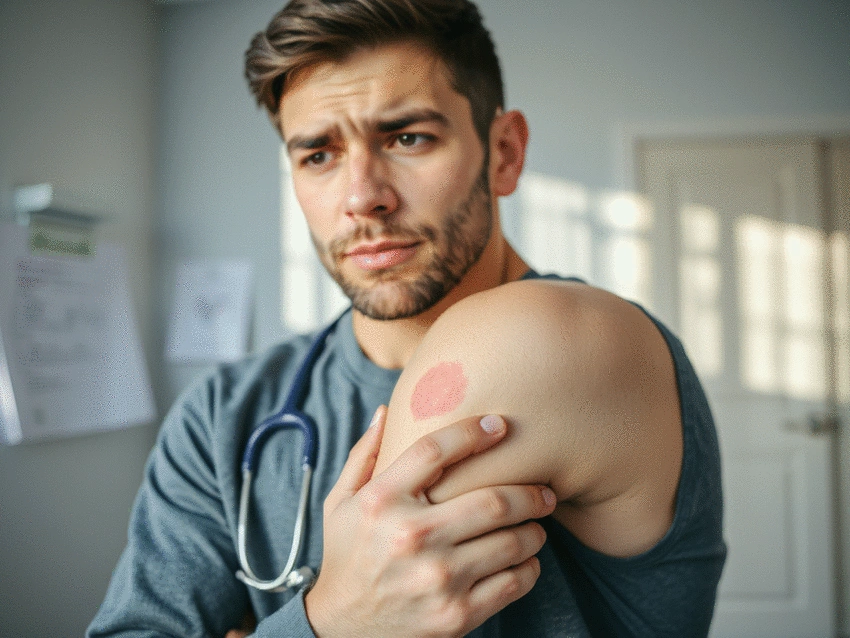

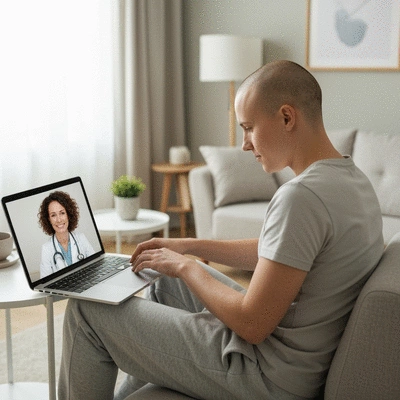
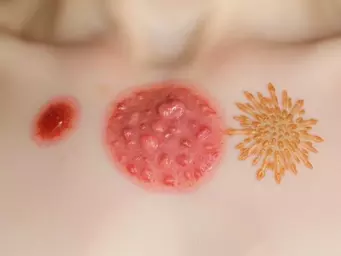 Comparing Skin Rashes: Causes & Symptoms
In the realm of skin health, recognizing the different types of rashes can be the difference between
Comparing Skin Rashes: Causes & Symptoms
In the realm of skin health, recognizing the different types of rashes can be the difference between
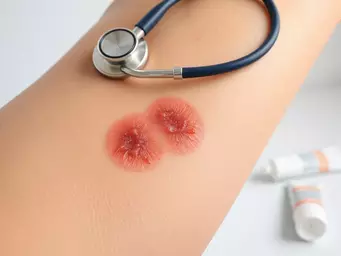 Identifying and Treating Ringworm
Have you ever wondered how a simple skin rash could create so much confusion? Understanding ringworm
Identifying and Treating Ringworm
Have you ever wondered how a simple skin rash could create so much confusion? Understanding ringworm
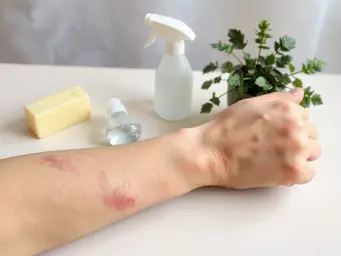 Understanding Contact Dermatitis Causes
Everyday encounters with common products can lead to unexpected skin reactions. By understanding the
Understanding Contact Dermatitis Causes
Everyday encounters with common products can lead to unexpected skin reactions. By understanding the